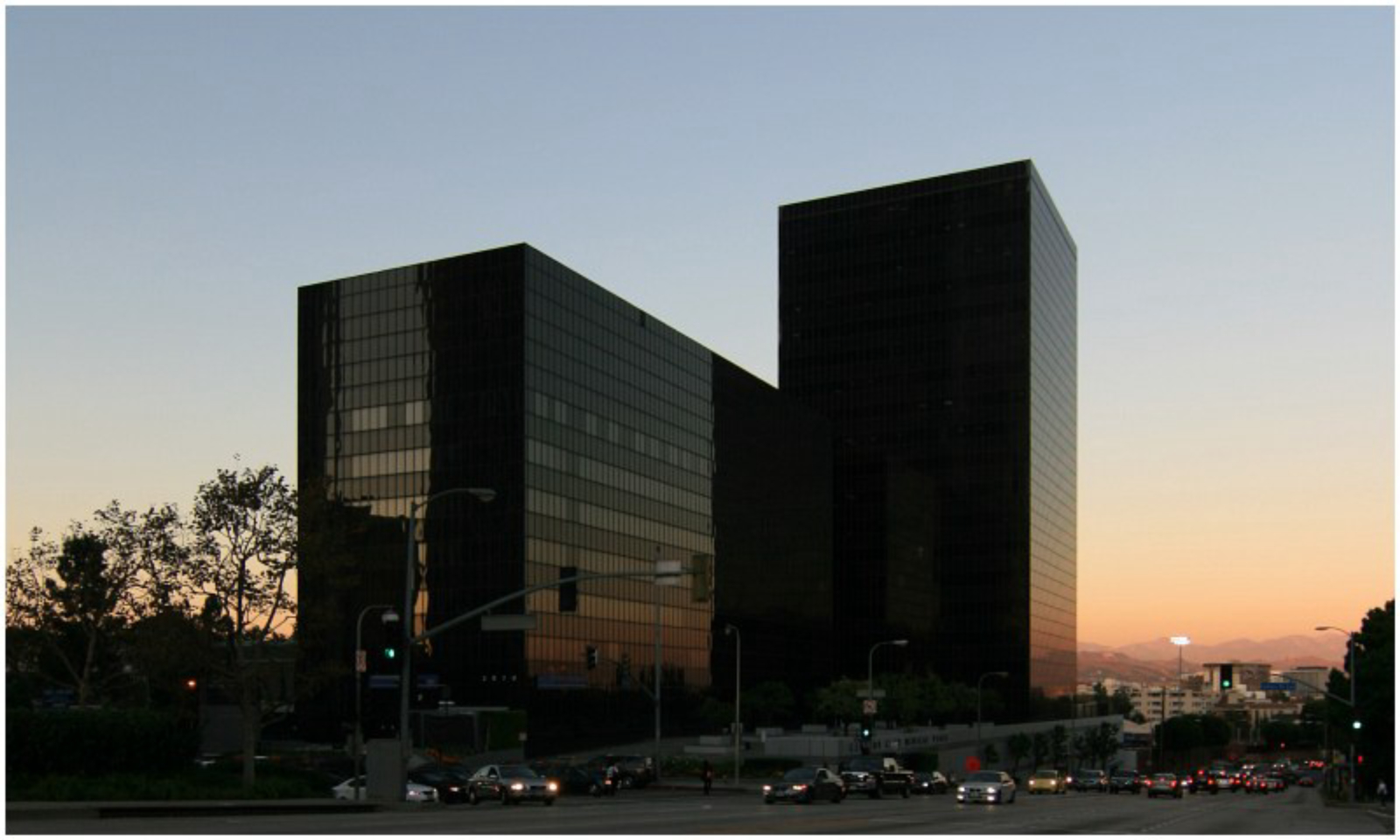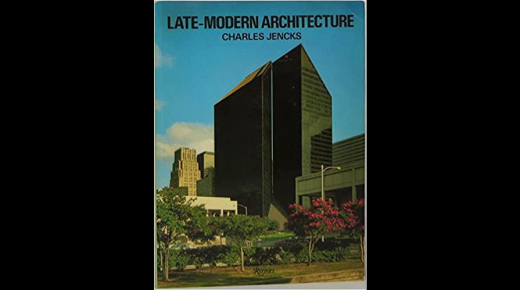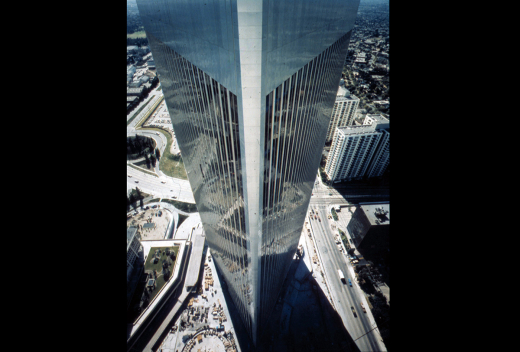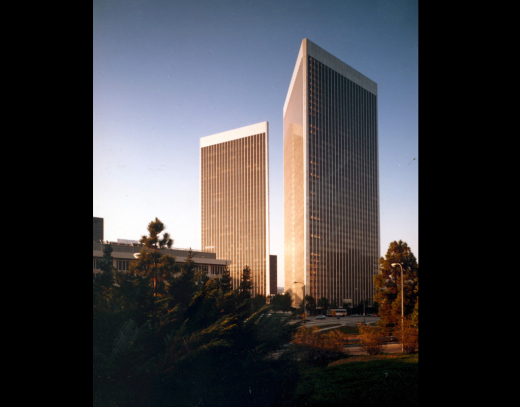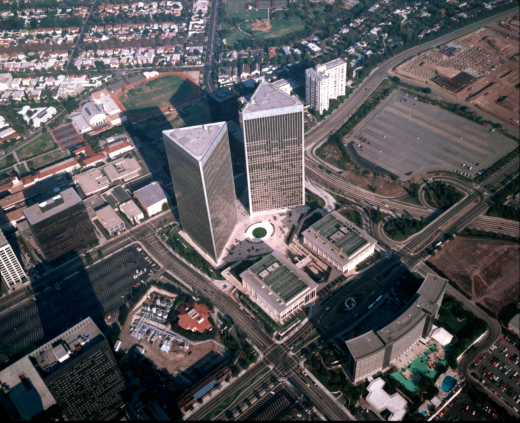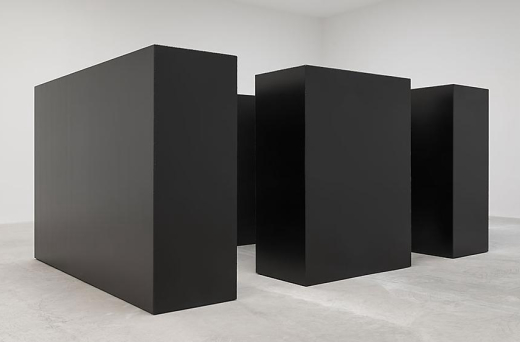This theme is a component of Los Angeles’ citywide historic context statement and provides guidance to field surveyors in identifying and evaluating potential historic resources relating to Late Modern architecture. Refer to www.HistoricPlacesLA.org for information on designated resources associated with this theme as well as those identified through SurveyLA and other surveys.
Theme Introduction
This historic context provides an overview of Late Modern architecture, its character-defining features, and selected subtypes. Though select residential examples are identified and Late Modernism's general features could apply to all property types, the focus of the narrative is on large-scale commercial and institutional buildings, primarily designed by notable large, multi-service architectural firms working for highly visible clientele. Architectural historian Charles Jencks in 1977 first codified the term “Late-Modern” through a specific set of architectural design ideas and elements. (1) However, the term still gets applied to any variety of postwar works, while others have questioned the existence of Late Modern as a standalone design movement. Though this context adopts this relatively young style term, insofar as it helps to provide an understanding of what Late Modernism may or not be, some of the nomenclature matters will be addressed. This context has a certain focus on subtypes, including the all-over reflecting glass skin: Los Angeles' primary contribution to Late Modernism.
